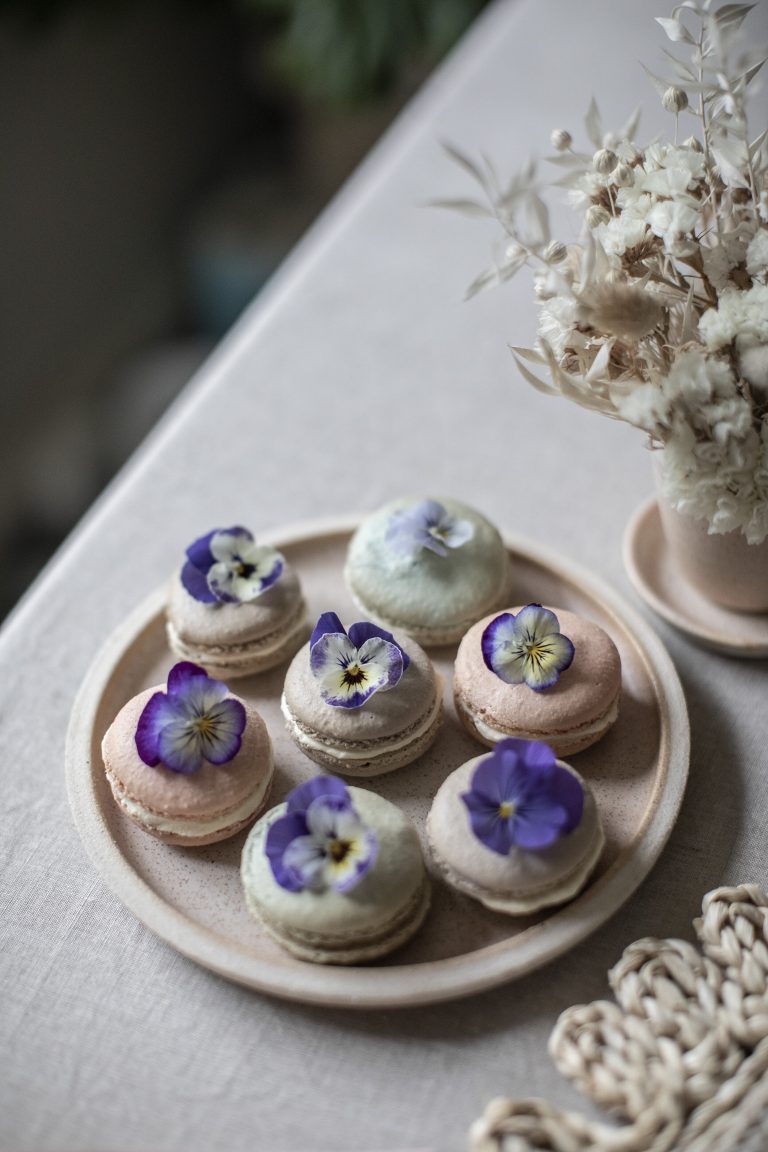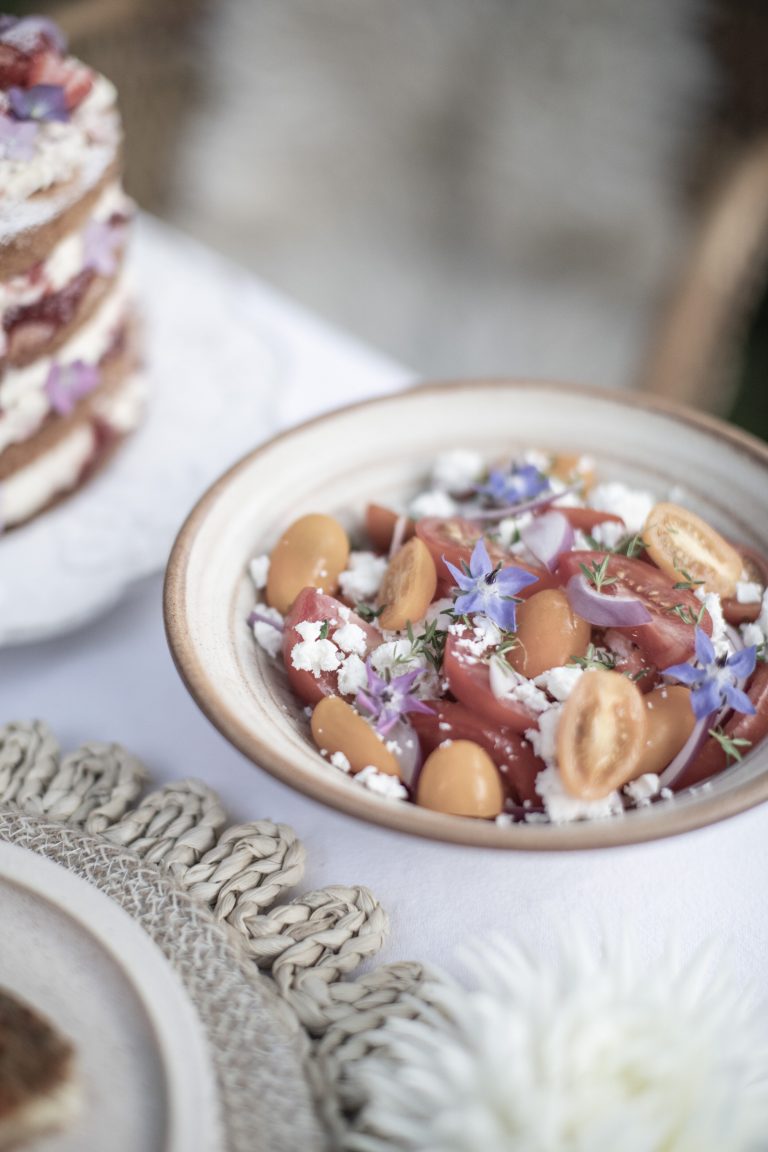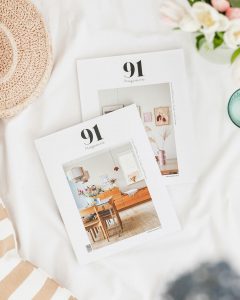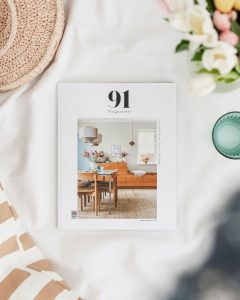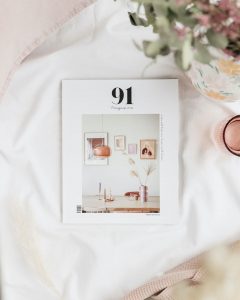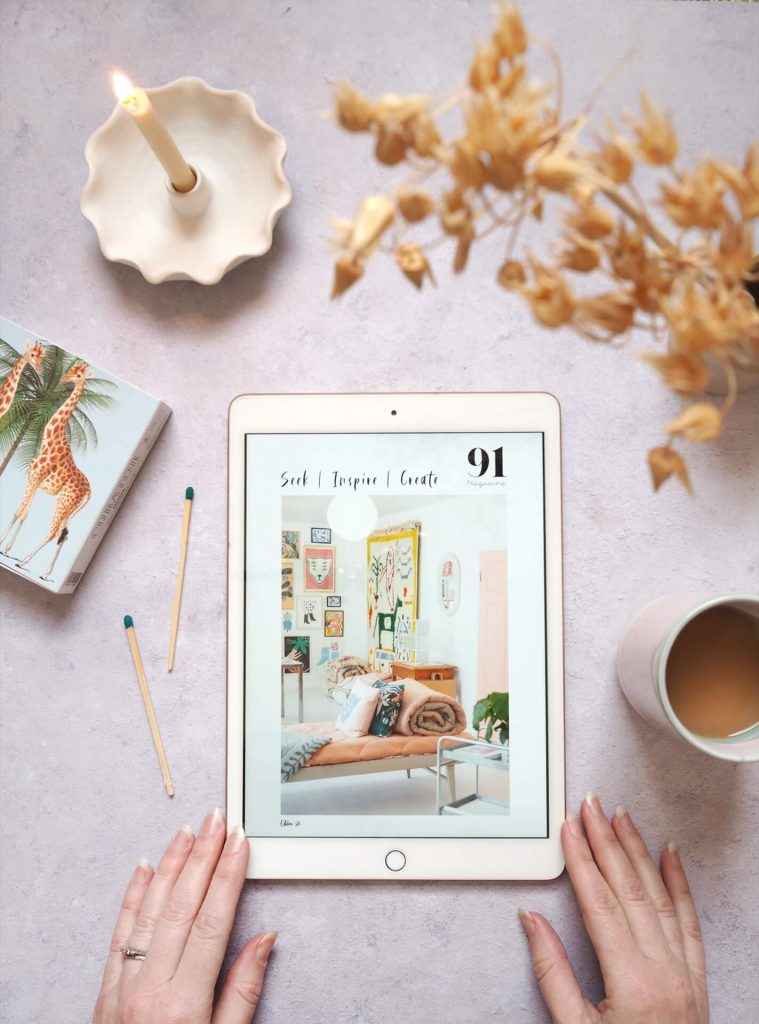Flowers are a big deal is my house. I grow them in my garden, press them, dry them, fill enormous vases with them. It’s true to say that flowers come pretty high up on my list of things I treasure. Recently, I’ve also been putting edible flowers in and on quite a lot of things – cakes and salads in particular.
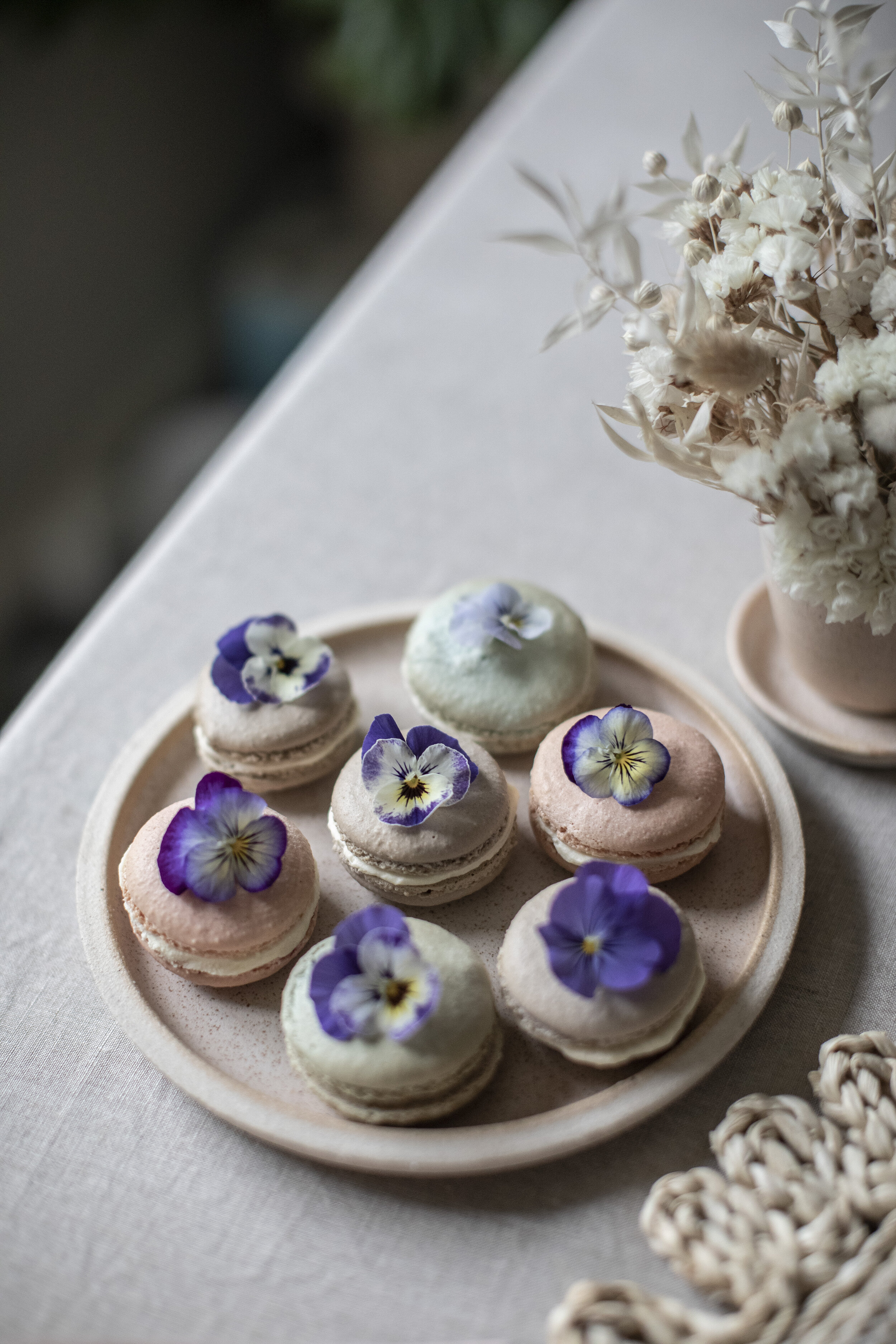
Adorning our food with the prettiest of blooms can really brighten up summer dishes, particularly at a time when we need our spirits to be lifted, and no one really wants to be spending hours in the kitchen preparing elaborate meals.
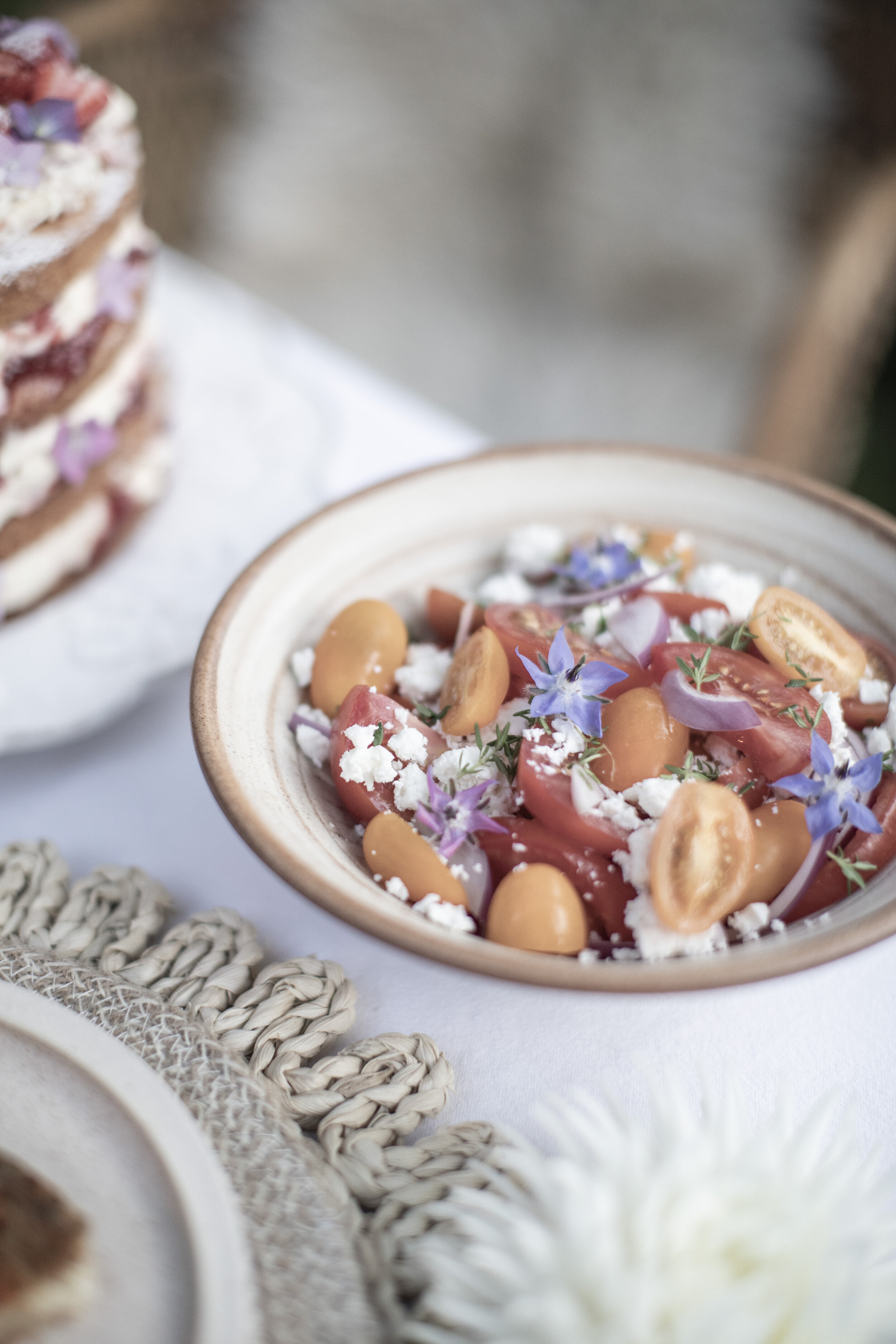
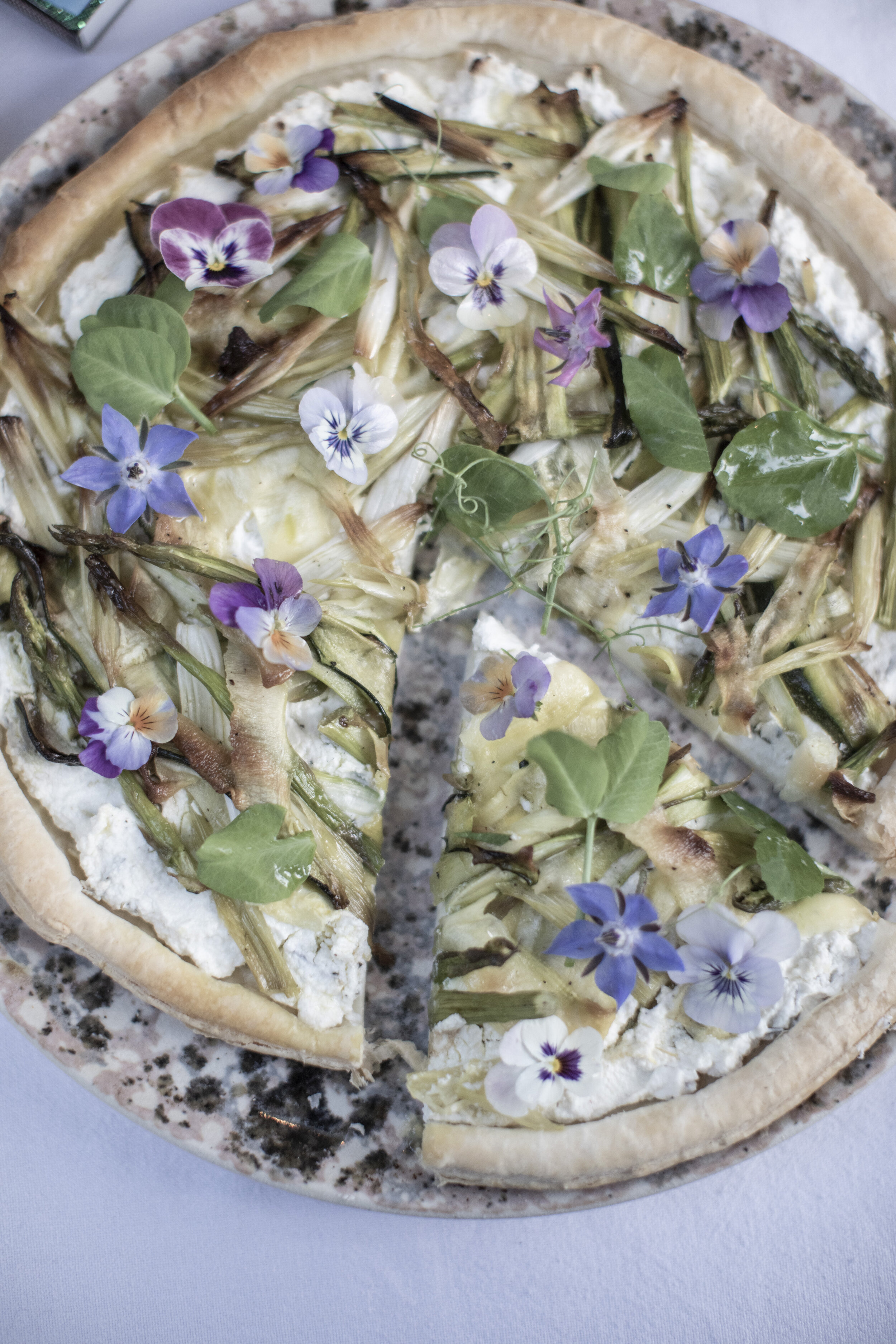
Summer brings some of the most gorgeous and colourful edible varieties: I like to scatter violas and borage blossoms on to my salads and savoury tarts for pretty pops of colour; press thyme and chive flowers into herbed butter, alongside chopped fennel flowers and fronds and cracked pepper; and (my new favourite thing) sprinkle dianthus petals over freshly iced cakes.
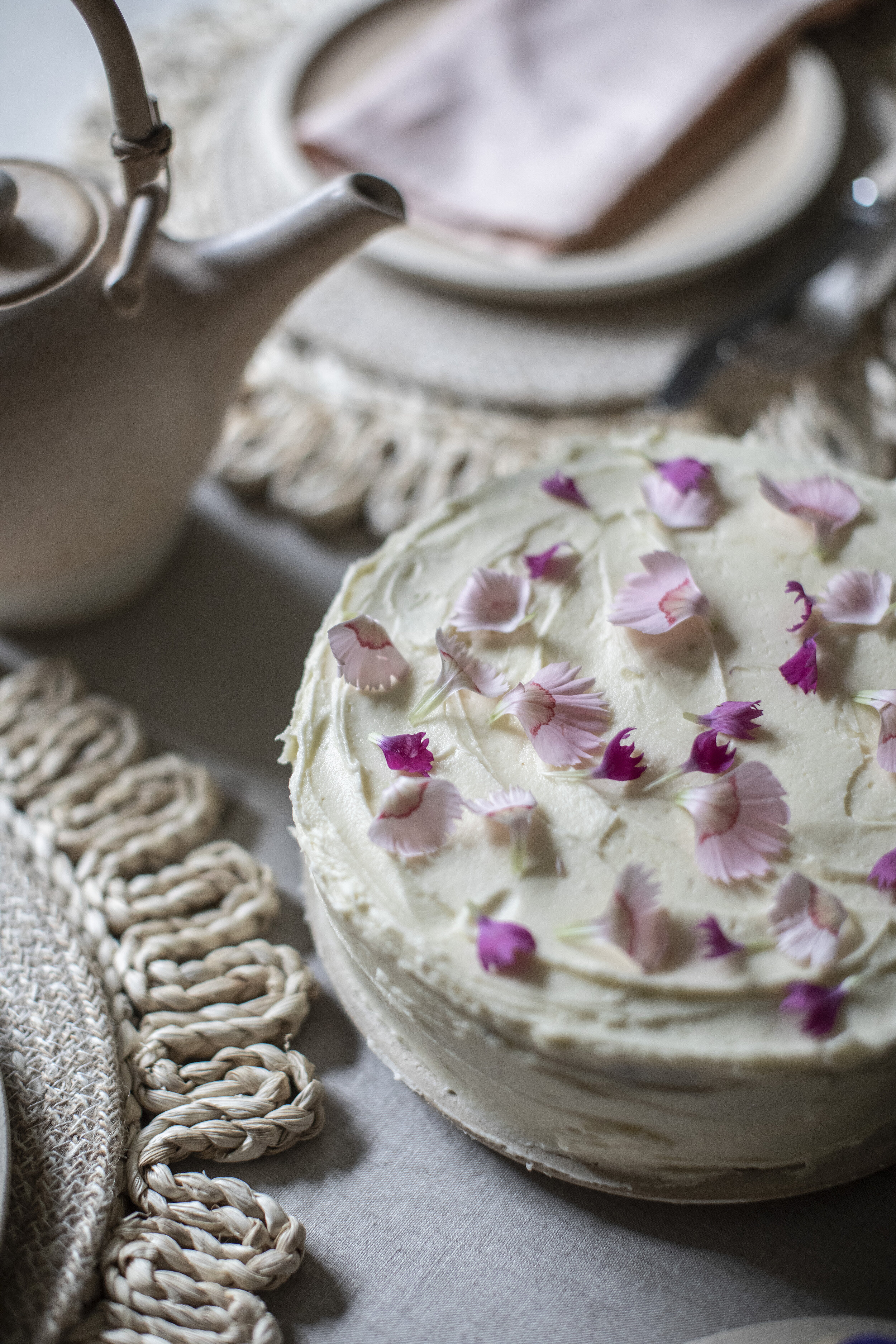
Floral scents and flower heads can enhance summer cocktails, too. Try freezing whole flowers or petals into ice cubes and using foraged flowers to make gorgeously fragrant cordials. One of the ways I like to preserve blooms is by sugaring (or candying) them. This works particularly well with rose petals, pansies and violas, which can then be used to prettify cakes and have a gorgeous, crunchy sweetness (my children love them). Store them carefully and they’ll bring new life to desserts through the winter months.
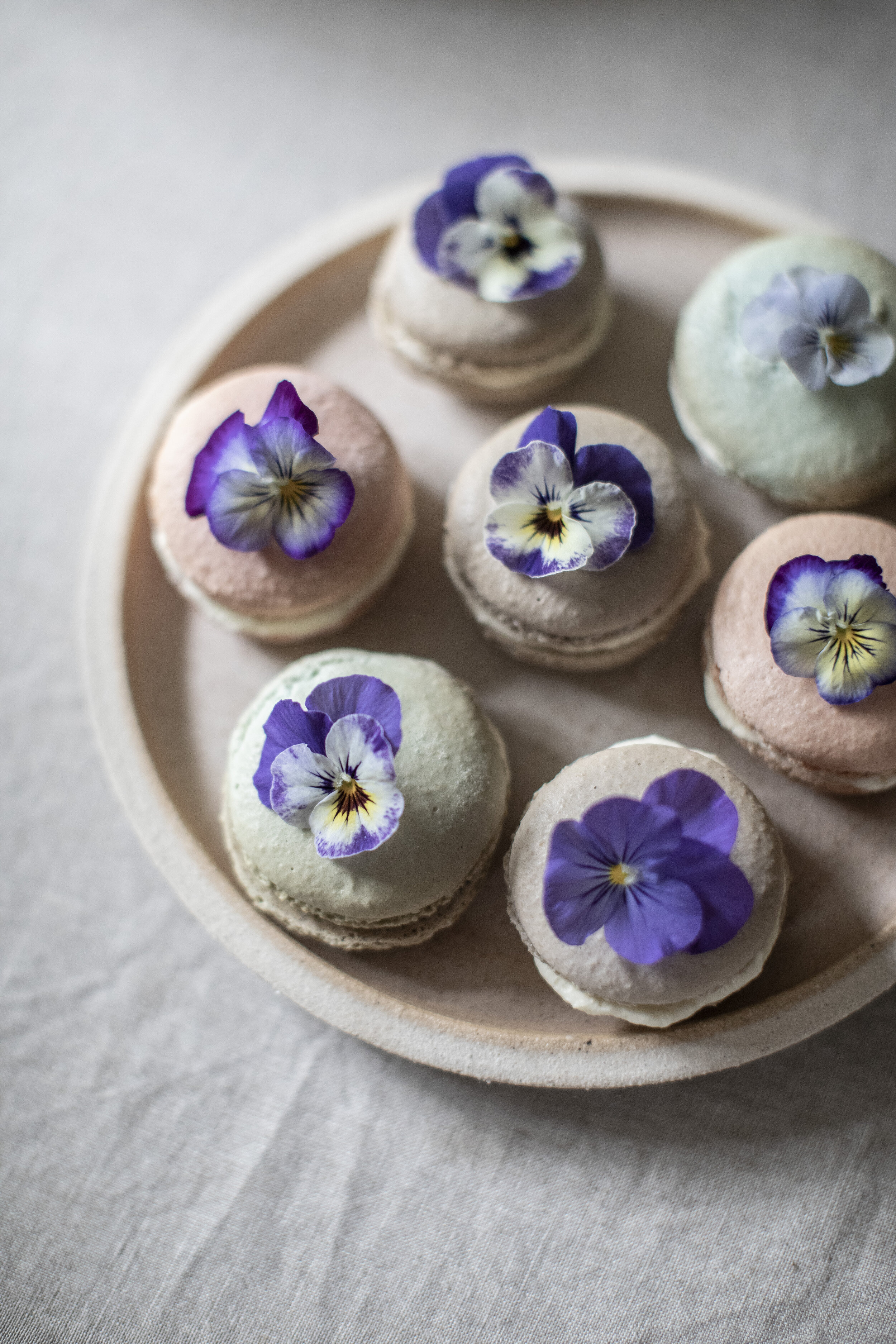
Which flowers are safe to eat?
Pansies and violas
Any of the polyanthus family (eg primroses and cowslips)
English marigold varieties
Nasturtium
Borage
Lavender
Cornflowers
Dianthus, calendula and hibiscus (petals only – discard the base and stamens)
Where can I find them?
Larger supermarkets will often sell a mixed box (Ocado do them online), but most can be easily grown in your own garden. Sarah Raven and The Gluttonous Gardener sell edible flower seed kits. If you choose to buy any potted plants from local garden centres you might want to check if they have been sprayed with anything. It is worth giving any flowers a wash before eating.
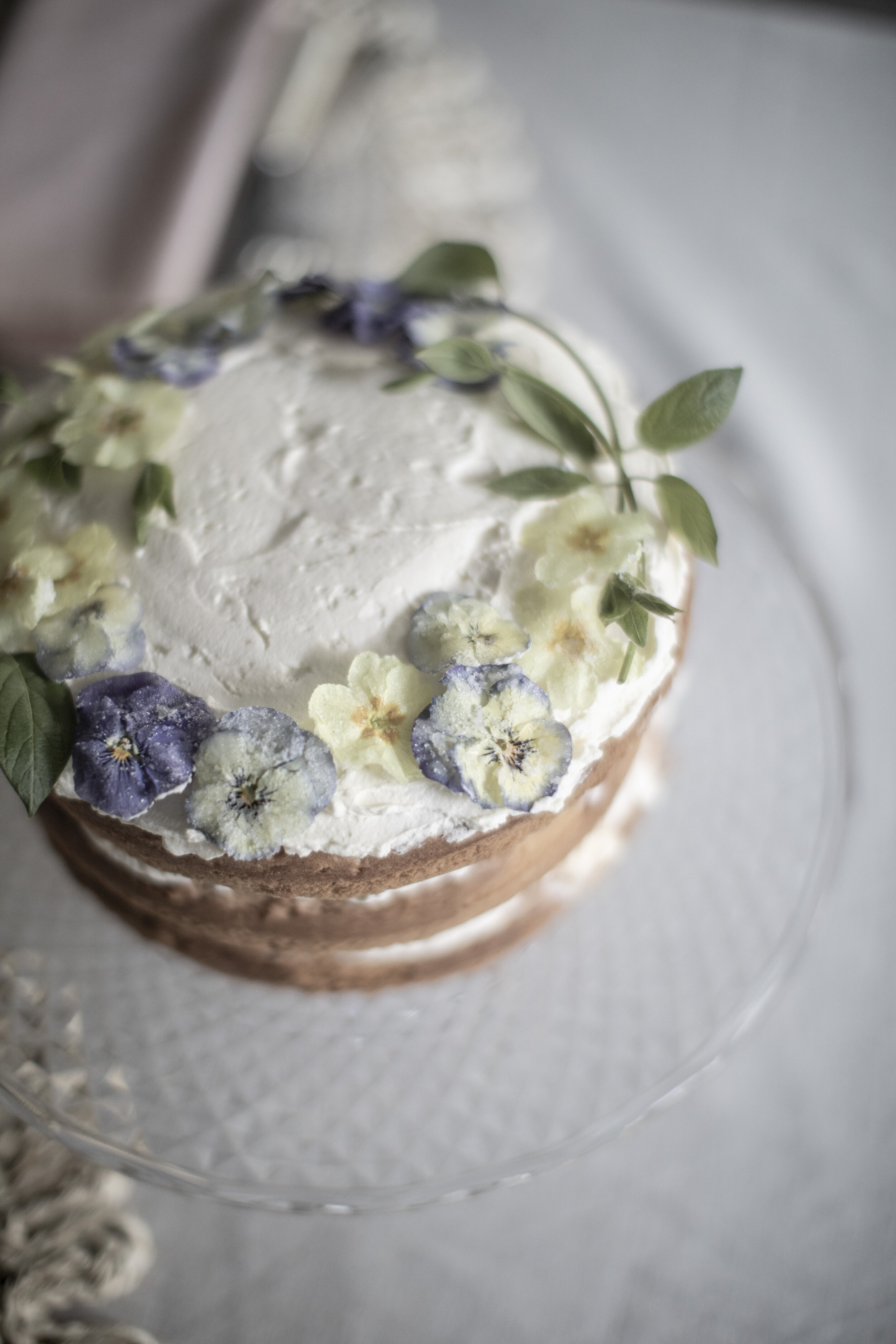
Sugaring
Sugaring (or candying) flowers couldn’t be easier. Lightly whisk an egg white with a fork and add a few drops of water. Brush the flowers front and back with a pastry or paint brush. Sprinkle with a light layer of caster sugar and leave them to dry in a cool place. They can then be stored in an air tight container for up to a year.
Cordials and Syrups
Lavender or Rose syrup
Take a large handful of lavender flowers or the petals of 5 or 6 rose heads. Bring 250ml water and 250g sugar to the boil in a pan. Turn down the heat and add your chosen flowers. Simmer for approximately 15 minutes. Leave to cool, strain and transfer to a bottle and keep in the fridge (for up to one week).
Elderflower cordial
Now is the perfect time to find wild elderflowers. Take 25 – 30 flowerheads (washed), 1.5 litres of boiling water, 800g caster sugar and 50g citric acid. Pour the water over the sugar in a large bowl or pan, add the citric acid and elderflowers. Leave somewhere cool for 24 hours, stirring occasionally. Sieve the mixture through muslin and pour into a sterilised bottle.
